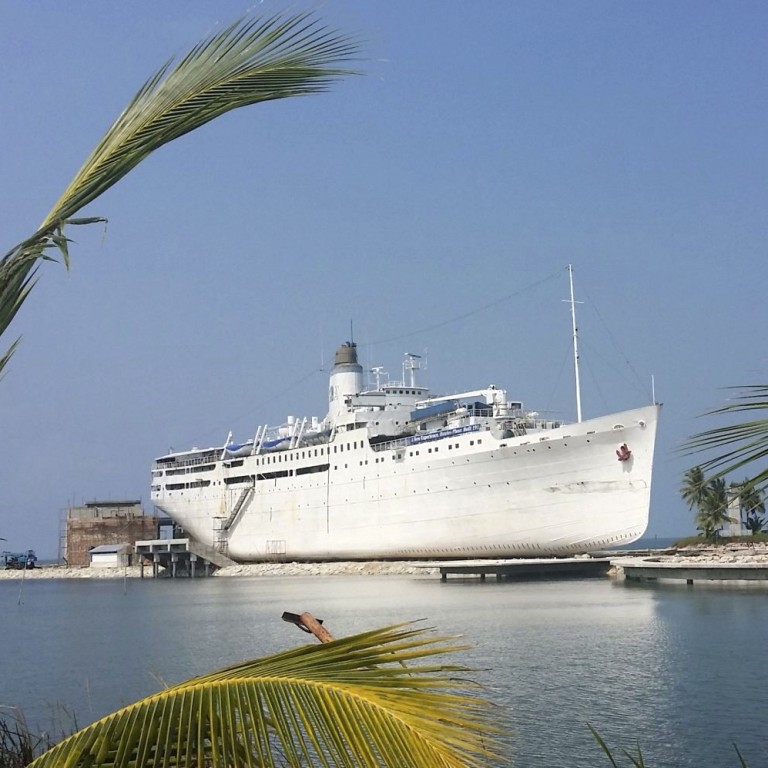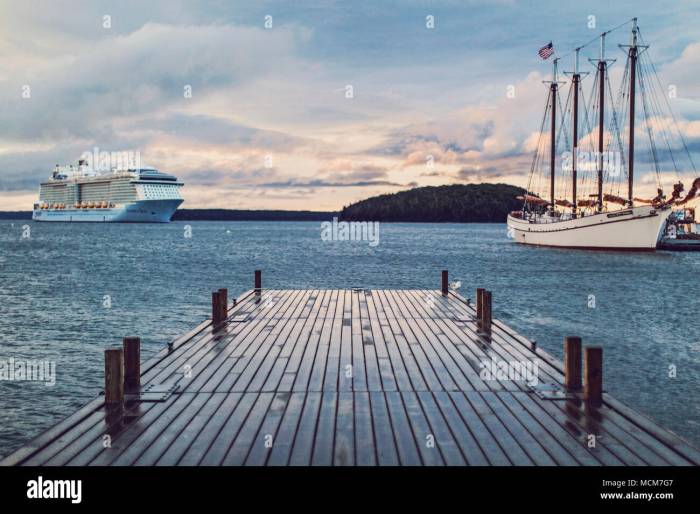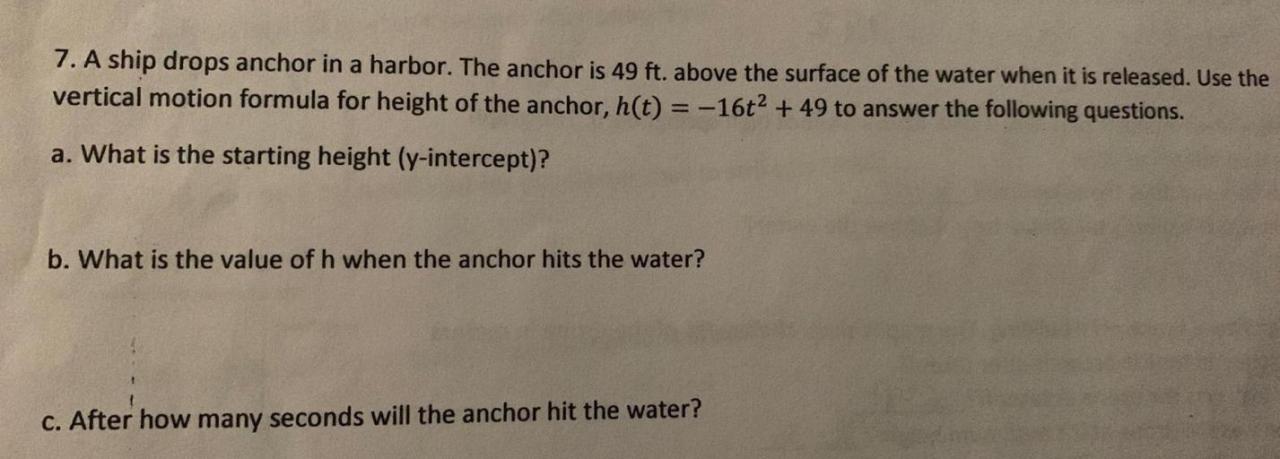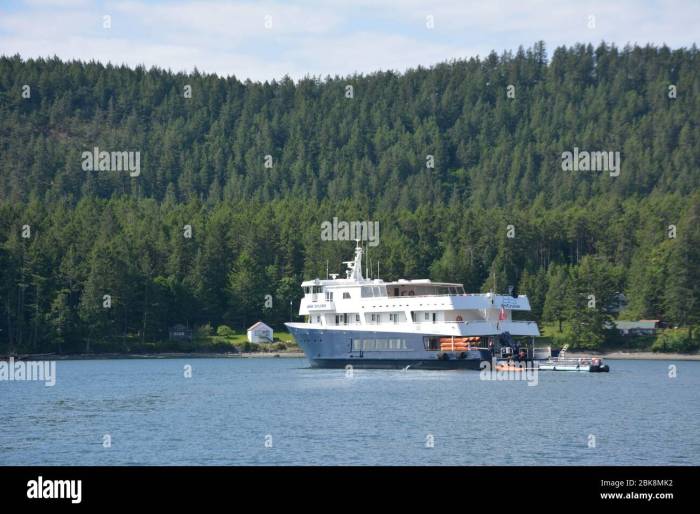As a ship drops anchor in a harbor, it marks the end of a voyage and the beginning of a new chapter. The act of anchoring, a centuries-old practice, is not merely a technical maneuver but a symbolic one, connecting ships, sailors, and the shores they visit.
This practice has played a pivotal role in maritime history, trade, and exploration. From ancient galleys to modern cargo vessels, anchoring has enabled ships to safely navigate harbors, facilitating commerce, cultural exchange, and the movement of people and goods.
Historical Significance

Ships dropping anchor in harbors has played a pivotal role in maritime history, shaping global trade, exploration, and military strategies.
A ship drops anchor in a harbor, its sails billowing in the wind. The captain stands at the helm, a joystick in his hand, a pen-type input that controls the ship’s movements. A joystick , similar to a pen, allows for precise and intuitive control.
With each subtle movement of his fingers, the captain guides the ship into the harbor, its sails adjusting to the changing wind.
Throughout the ages, harbors have served as crucial gateways for ships to seek refuge from storms, replenish supplies, and engage in commercial activities.
Ancient Mariners
- Early seafarers relied on natural landmarks and rudimentary anchors made of stones or heavy logs to secure their vessels in harbors.
- The development of iron anchors in the 5th century BC revolutionized maritime navigation, allowing ships to anchor securely in deeper waters.
Age of Exploration
- During the Age of Exploration, ships dropping anchor in harbors enabled explorers to establish trading posts, resupply their vessels, and chart new territories.
- Notable examples include Christopher Columbus’s anchoring in the Bahamas in 1492 and Ferdinand Magellan’s circumnavigation of the globe in the early 16th century.
Naval Warfare
- In naval warfare, the ability to drop anchor in harbors has been critical for controlling strategic waterways and launching attacks.
- Harbors provided a safe haven for ships to regroup, repair, and prepare for battle.
Engineering and Mechanics

Anchoring a ship in a harbor involves a combination of engineering principles and mechanical systems to ensure the vessel remains securely in place.
The anchoring process utilizes anchors, chains, and winches, each playing a crucial role in maintaining the ship’s position.
Anchors
Anchors are heavy metal structures designed to embed themselves into the seabed, providing a firm hold for the ship. They come in various shapes and sizes, each suited for different seabed conditions and ship sizes.
- Fluke Anchors:These anchors have wide, flat blades that dig into the seabed, providing excellent holding power in soft or sandy bottoms.
- Stockless Anchors:These anchors have a shank without a stock (crossbar), allowing them to self-align with the direction of pull, providing better holding power in rocky or uneven bottoms.
- Danforth Anchors:These anchors have two curved flukes that dig into the seabed, providing good holding power in a wide range of bottom conditions.
Chains
Chains connect the anchors to the ship. They are typically made of high-tensile steel and are designed to withstand the immense forces exerted during anchoring.
- Stud Link Chains:These chains are made of oval links connected by studs, providing strength and flexibility.
- Short Link Chains:These chains have shorter links than stud link chains, making them more compact and easier to handle.
Winches
Winches are powerful machines used to raise and lower the anchors and chains. They are typically powered by electric motors or hydraulic systems and are designed to handle the heavy loads involved in anchoring.
- Anchor Windlasses:These winches are specifically designed for handling anchors and chains, providing a controlled and efficient way to deploy and retrieve anchors.
- Mooring Winches:These winches are used to handle mooring lines, which are used to secure ships to docks or other vessels.
Safety and Regulations

Anchoring ships in harbors is a critical operation that requires strict adherence to safety regulations and protocols. These measures aim to prevent accidents and ensure the safety of vessels, crews, and the surrounding environment.
Proper anchoring techniques are crucial to maintain a vessel’s position securely and prevent it from drifting or dragging. This involves selecting the appropriate anchor and chain size, determining the correct scope of the chain, and ensuring the anchor is properly set in the seabed.
Inspections and Monitoring
- Regular inspections of anchoring equipment, including anchors, chains, and windlasses, are essential to identify any defects or damage that could compromise safety.
- Continuous monitoring of the vessel’s position using GPS and radar systems helps detect any movement or drift, allowing for prompt corrective action.
Emergency Preparedness, A ship drops anchor in a harbor
- Ships must have emergency plans in place that Artikel the procedures to be followed in the event of an anchor failure or other anchoring-related incident.
- Training and drills for crew members ensure they are familiar with these procedures and can respond effectively to emergencies.
Environmental Considerations
- Anchoring in sensitive marine environments, such as coral reefs or seagrass beds, must be carefully managed to minimize damage to the ecosystem.
- Regulations often restrict anchoring in certain areas to protect marine life and habitats.
Environmental Impact: A Ship Drops Anchor In A Harbor

Anchoring ships in harbors can have various environmental impacts, including:
- Habitat disturbance:Anchors can damage or destroy sensitive marine habitats, such as coral reefs and seagrass beds, which provide food and shelter for a variety of marine life.
- Water quality degradation:Ships can release pollutants, such as oil, fuel, and sewage, into the harbor water, which can harm marine life and degrade water quality.
- Noise pollution:Ship engines and other activities can create noise that can disturb marine life and disrupt their natural behaviors.
To mitigate these impacts, measures such as designated anchorage areas have been implemented. These areas are designed to minimize the impact of anchoring on sensitive habitats and marine life. Additionally, regulations have been put in place to limit the amount of time ships can anchor in certain areas and to require ships to use environmentally friendly anchoring practices.
Economic and Trade Implications

The presence of ships dropping anchor in harbors has significant economic and trade implications, influencing global commerce and the efficiency of shipping operations.
Harbors serve as gateways for international trade, facilitating the movement of goods and resources between countries. When ships anchor in these harbors, they create opportunities for economic activities, such as:
Economic Activities
- Import and export operations:Ships transport goods from one country to another, allowing for the exchange of commodities and raw materials. Anchoring in harbors facilitates these operations by providing a safe and efficient location for loading and unloading cargo.
- Tourism and leisure:Harbors often attract tourists who enjoy waterfront activities, such as fishing, boating, and sightseeing. The presence of anchored ships adds to the harbor’s ambiance and contributes to the local tourism industry.
- Ship maintenance and repair:Harbors provide access to shipyards and repair facilities, enabling ships to undergo maintenance and repairs while anchored. This supports the local maritime industry and ensures the safety and efficiency of shipping operations.
- Bunkering:Ships require fuel to operate, and harbors offer bunkering services where they can replenish their fuel supplies. This activity generates revenue for the harbor and supports the smooth functioning of maritime trade.
Cultural and Social Aspects

Ships dropping anchor in harbors have significant cultural and social implications. Harbors serve as meeting points for sailors, traders, and travelers, fostering cultural exchange and the dissemination of ideas.
Role of Harbors as Meeting Points
- Harbors provide a safe haven for ships to seek refuge from storms and replenish supplies.
- They facilitate trade and commerce, allowing goods and services to be exchanged between different regions.
- Harbors serve as hubs for cultural interaction, where people from diverse backgrounds share stories, traditions, and languages.
Visual and Artistic Depictions
The beauty and significance of ships dropping anchor in harbors have been captured by artists throughout history, resulting in a rich gallery of visual and artistic depictions. These works showcase the grandeur of ships, the tranquility of harbors, and the interplay between humans and the maritime environment.
Paintings, photographs, and other artwork offer unique perspectives on this practice, revealing the technicalities of anchoring, the bustling activity of harbor life, and the emotional resonance of ships arriving or departing.
Paintings
- “The Arrival of the ‘Mayflower’ in Plymouth Harbor” (1884) by William Bradford:Depicts the historic moment when the Pilgrims arrived in the New World, anchoring their ship in Plymouth Harbor.
- “Anchoring in the Harbor” (1879) by Winslow Homer:Captures the tranquility of a ship dropping anchor in a calm harbor, with the crew preparing for the next leg of their journey.
Photographs
- “Anchored in the Bay” (1929) by Edward Steichen:An iconic photograph showcasing a large ship at anchor in a serene harbor, with the city skyline in the distance.
- “Ships at Anchor, San Francisco Bay” (1937) by Ansel Adams:A breathtaking image of numerous ships anchored in San Francisco Bay, creating a geometric pattern against the backdrop of the Golden Gate Bridge.
Other Artwork
- “Anchors Aweigh” (1945) by Norman Rockwell:A heartwarming illustration depicting sailors preparing to depart on a ship, with the anchor being raised.
- “The Ship in the Harbor” (1962) by Georgia O’Keeffe:A minimalist painting that evokes the stillness and solitude of a ship at anchor in a harbor.
FAQ Corner
What is the purpose of anchoring a ship in a harbor?
Anchoring a ship in a harbor provides a secure and stable position, allowing the ship to remain in place without drifting away.
What are the different types of anchors used in harbors?
Common types of anchors used in harbors include the Danforth anchor, the CQR anchor, and the Bruce anchor, each designed for specific seabed conditions.
How does the size and weight of a ship affect the choice of anchor?
Larger and heavier ships require larger and heavier anchors to provide sufficient holding power.